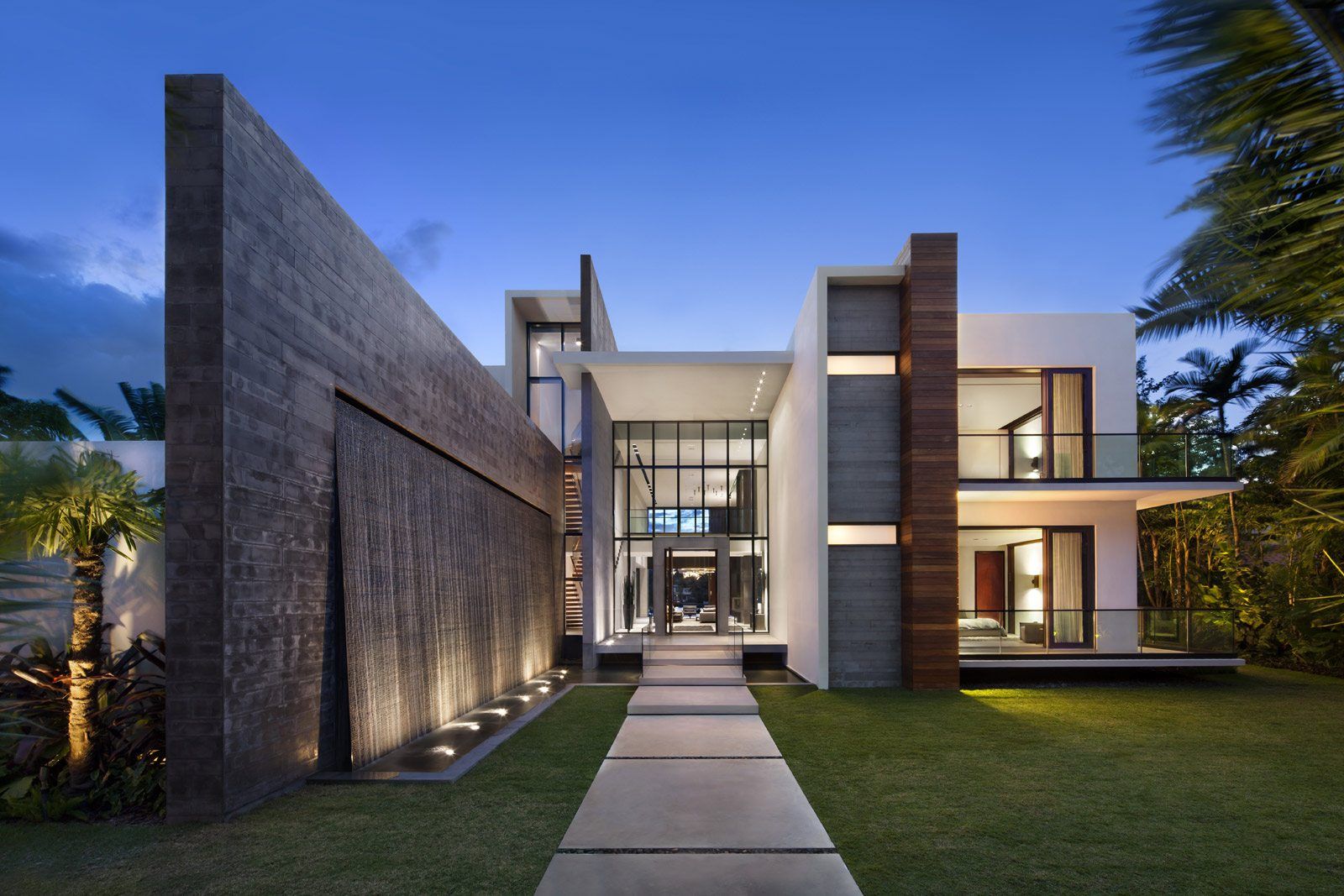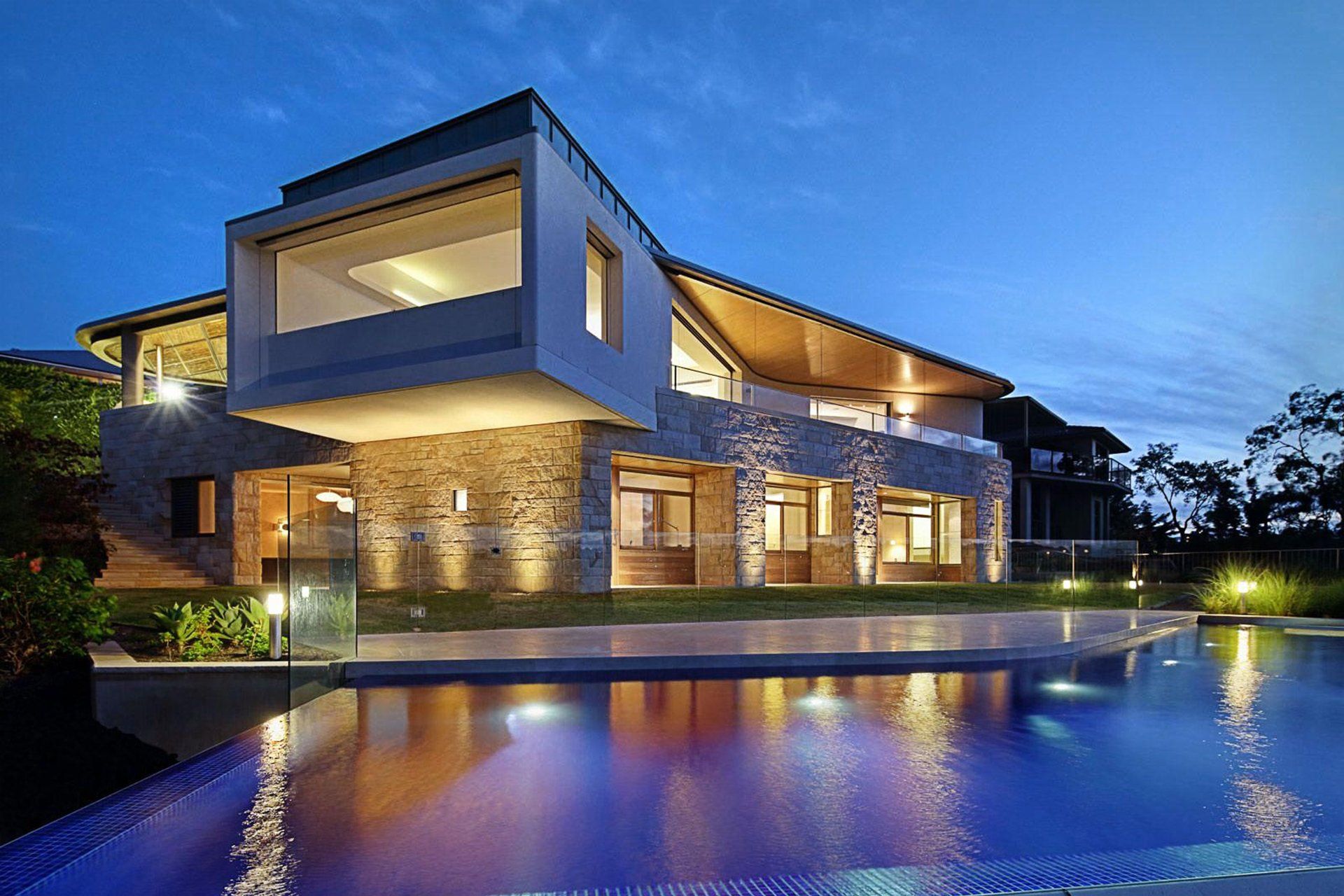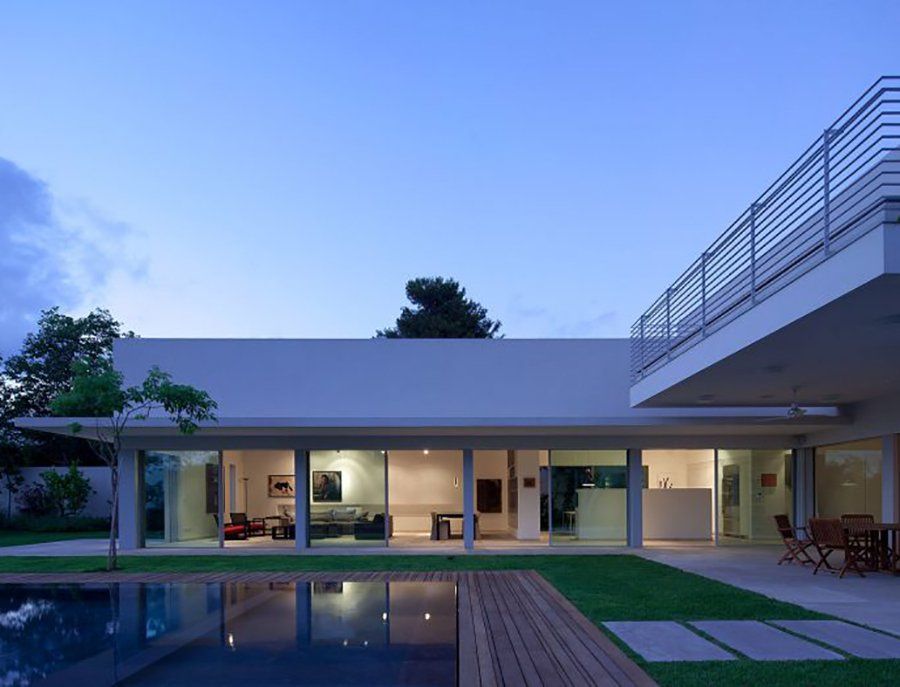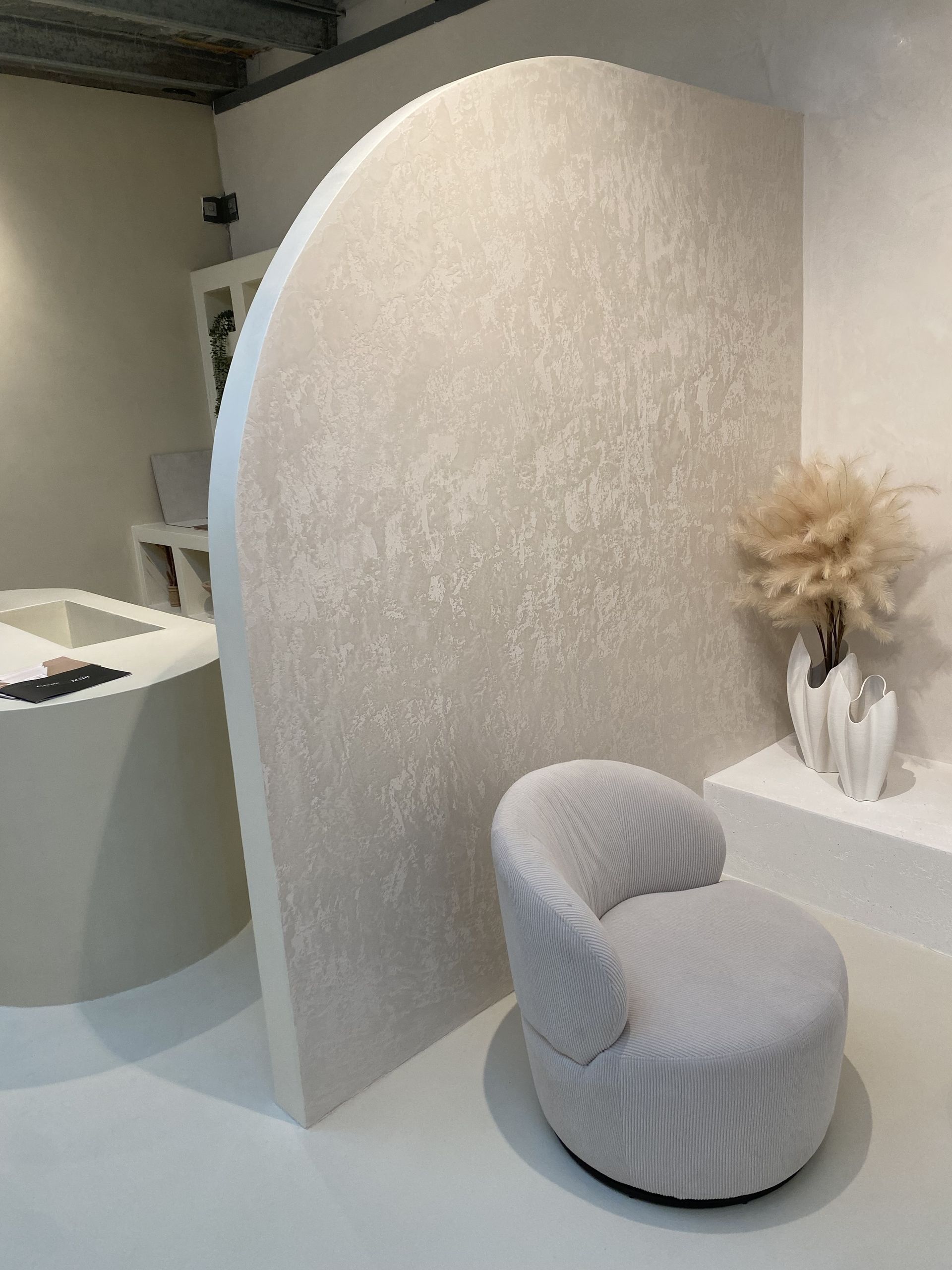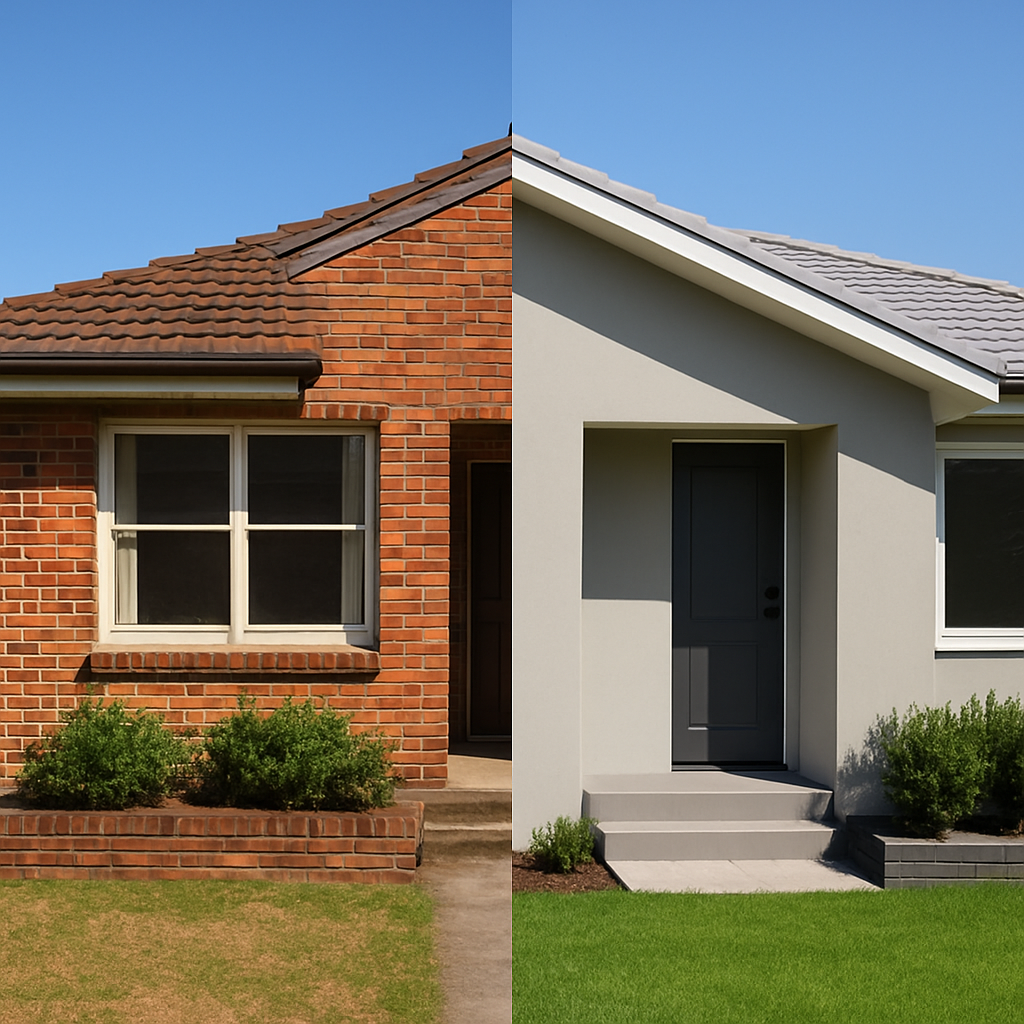How Rendering Can Help Protect Your Home From Water Damage
Ali Hamad • August 4, 2025
Water damage is one of the most common and costly issues affecting Sydney homes.
Whether it’s from rain, blocked gutters, or poorly sealed walls, moisture can wreak havoc. This can lead to mould, rising damp, cracking, and internal wall damage. But what many homeowners don’t realise is that rendering can be a powerful first line of defence.
At Alcore Rendering, we help Sydney property owners protect their homes from moisture with professionally applied cement and acrylic rendering. Here’s how rendering works to prevent water damage, and why it’s smart to act early.
How Water Gets In: Common Problem Areas in Sydney Homes
Sydney’s mix of coastal humidity and intense storms creates the perfect conditions for water-related damage. Some of the most vulnerable areas include:
Cracked or unsealed brickwork: Gaps in mortar or aged bricks allow water to seep in.
Uneven or damaged render:
Old or poorly applied render can trap moisture instead of repelling it.
Exposed external walls:
Homes without eaves or with weather-facing walls are especially at risk.
Failed paint or coatings:
Standard exterior paint may peel or bubble, offering little real protection.
Once water enters your walls, it can lead to structural issues, rising damp, mould, and even internal plaster damage.
How Rendering Creates a Protective Barrier
Professional rendering, whether cement or acrylic, adds a durable,but breathable layer to your home’s exterior that helps block water ingress while still allowing walls to breathe.
1. Seals and Smooths the Surface
Rendering fills cracks, holes, and gaps in brickwork or block walls, creating a uniform surface that’s harder for water to penetrate.
2. Water-Resistant Finishes
Modern acrylic renders in particular are formulated to be water-resistant, providing added defence against Sydney’s heavy rains and coastal humidity.
3. Stops Moisture Traps
Unlike DIY patch jobs or flaking paint, a professional render job won’t trap moisture beneath the surface. With proper application, rendering actually helps draw out existing moisture and prevent future build-up.
4. Optional Protective Coatings
At Alcore Rendering, we can apply weatherproof or UV-resistant coatings over your render to give your home even greater protection - especially for homes in exposed or coastal locations.
Real-Life Example: Moisture-Damaged Slab Repair
Recently, the team at Alcore Rendering was called to a home where moisture had penetrated a concrete slab above a garage. The damage was visible from underneath - staining, cracks, and potential structural issues. We applied a specialist acrylic render system with a waterproof barrier, restoring the slab and protecting the garage below.
It’s just one example of how rendering, when done properly, can solve and prevent moisture-related damage, without the need for costly renovations.
Why Early Action Matters
Water damage doesn’t fix itself - it spreads. And once it makes its way inside the walls, the cost to repair it rises quickly. Early intervention through rendering:
- Protects internal walls, insulation, and timber framing
- Prevents rising damp and health risks from mould
- Preserves your home’s appearance and value
- Saves you thousands in long-term repairs
How Alcore Rendering Helps Protect Your Home
With years of experience across Sydney’s suburbs, we know how to prepare and apply renders that stand up to local conditions.
- When you work with Alcore Rendering, you get:
- Honest, expert advice on the best render type for your home
- Moisture-aware surface prep and application
- Optional water-repelling finishes and protective coatings
- A clean, professional result that improves both looks and performance
Conclusion:
Don’t wait for water to make its way inside your home. If your exterior walls are cracked, discoloured, or showing signs of damage, rendering can be a simple and effective way to stop water in its tracks.
For long-term protection and peace of mind, contact Alcore Rendering - local rendering specialists in Sydney.
All About Rendering
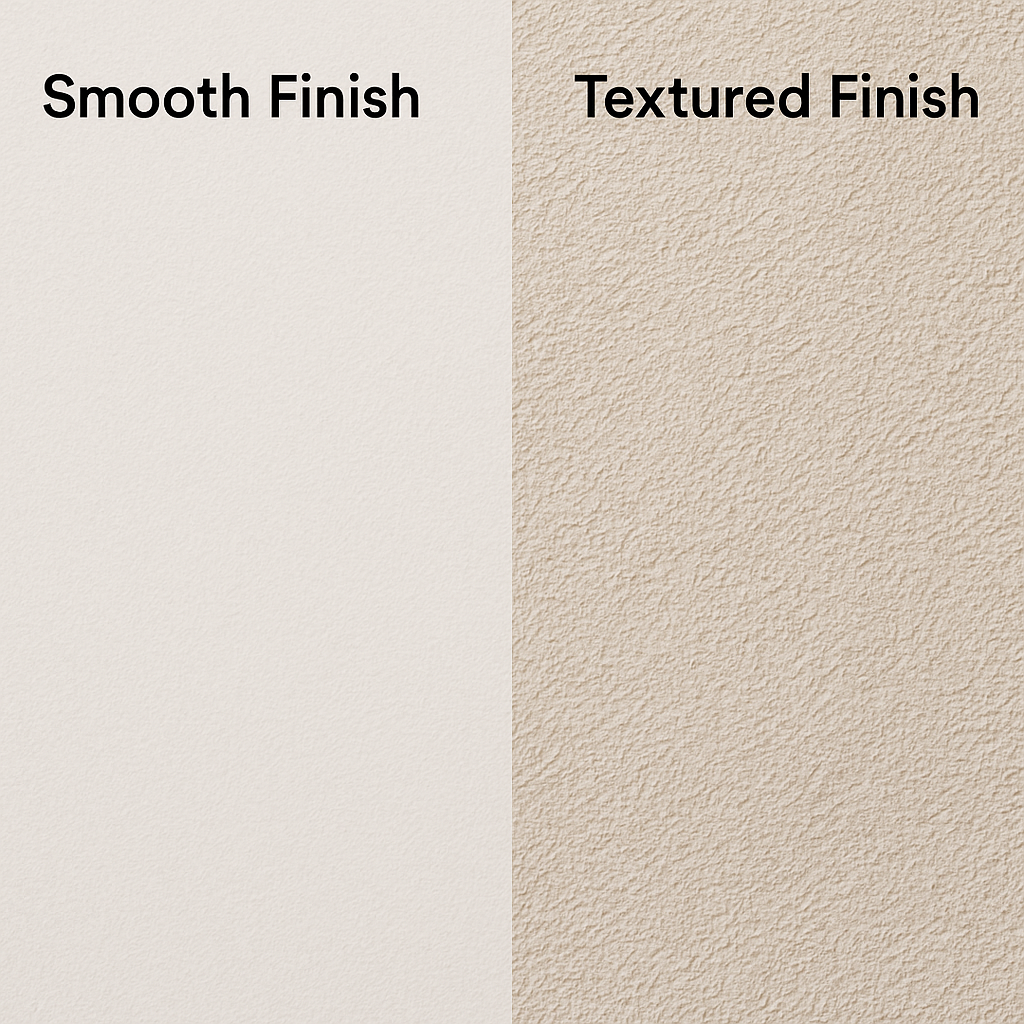
When it comes to rendering your home, one of the most important decisions you’ll make is the type of finish you want. While the material, acrylic or cement, is essential, the finish is what people actually see. Do you want something modern and sleek, or bold and textured? At Alcore Rendering, we guide Sydney homeowners through these choices every day. In this blog, we’ll break down the difference between smooth and textured render finishes, so you can choose the right look (and feel) for your home. Smooth Render Finish: Clean, Modern & Minimalist A smooth finish is exactly what it sounds like, flat, sleek, and uniform. It’s often chosen for contemporary homes or renovations aiming for a clean, fresh look. Key Features: Crisp, modern appearance Pairs well with bold architecture and minimalist design Typically uses acrylic render for a more refined surface Can be painted in a wide variety of colours Easier to clean and maintain compared to heavily textured finishes Best For: Modern homes and townhouses Coastal properties looking for a clean facade Homeowners who prefer a polished, low-maintenance surface Pro tip: Smooth finishes can show imperfections more easily, so it’s essential to have them applied by a professional renderer like Alcore Rendering. Textured Render Finish: Bold, Durable & Character-Rich Textured finishes add depth and dimension to your home’s exterior. They can be subtle or dramatic, depending on the style you choose. This includes sponge, bagged, or trowel-applied effects. Key Features: Adds visual interest and hides surface imperfections More forgiving on older or uneven brickwork Available in a wide range of textures and grain sizes Works well with both cement and acrylic rendering Offers a more traditional or rustic appearance Best For: Older Sydney homes with aged or inconsistent brickwork Homes in areas prone to dust or minor surface damage Those wanting a more dynamic, layered facade Pro tip: Textured finishes are fantastic for creating contrast or highlighting architectural features like entryways, columns, or outdoor walls. Smooth vs Textured: Which Is Right for You? Style : Smooth finishes offer a modern, minimalist appearance that suits contemporary architecture and sleek renovations. In contrast, textured finishes bring a bold, character-rich aesthetic that works beautifully on older homes or those aiming for a more rustic or traditional feel. Maintenance: Smooth render is generally easier to clean but can show marks and imperfections more readily. Textured finishes are better at hiding dust, scuffs, and general wear, although they may require a bit more effort to wash down due to the surface depth. Imperfection Masking: If your exterior walls are uneven or have existing blemishes, a textured finish is much more forgiving. Smooth finishes, while elegant, can highlight any flaws if the base surface isn’t properly prepared. Application: Smooth rendering requires a high level of skill and precision, making it essential to work with experienced tradespeople like Alcore Rendering. Textured finishes are generally more forgiving to apply, making them ideal for older walls or more complex surfaces. Best For: Smooth finishes are popular for new builds and modern renovations that aim for clean lines and a minimalist aesthetic. Textured finishes are a great choice for heritage homes, feature walls, or anyone looking to add depth and visual interest to their facade. Conclusion Whether you’re drawn to the simplicity of a smooth finish or the personality of a textured surface, rendering is your chance to completely transform your home’s exterior. With expert advice and flawless execution from Alcore Rendering, you’ll get a finish that not only looks fantastic but also stands the test of time. Ready to upgrade your facade? Contact our team today for a free quote and personalised recommendations on the best render finish for your Sydney home.

